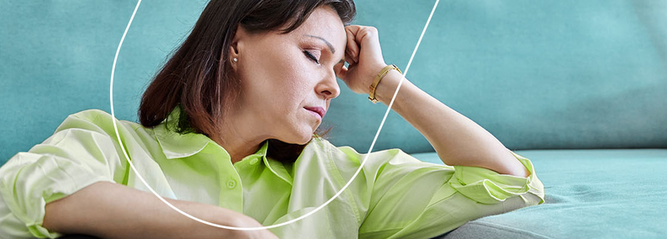If you believe you have the symptoms of low blood sugar, you will want to confirm by checking your blood glucose, then follow the 3-step “15-15” rule once results have indicated that your blood sugar is low.1
The 3-Step “15-15” Rule1
- Eat or drink 15 to 20g of a fast-acting carbohydrate.
- Rest for 10-15 minutes.
- Check your blood glucose levels, and if they’re still low (below 4 mmol/L), repeat the 3 steps.
What is the best thing to eat when your blood sugar is low?
For 15 to 20g of carbohydrates when your blood glucose is low, try1:
- five glucose or dextrose tablets
- four jelly babies
- a small glass of a sugary (non-diet) drink (150-200ml)
- a small carton of pure fruit juice (200ml)
- premeasured glucose tabs or gel
Once your blood glucose levels have stabilised to a safe range, you should eat longer-acting carbohydrates such as a sandwich, piece of fruit, small bowl of cereal, or drink a glass of milk.1
In some cases, people with diabetes don't feel any warning symptoms of hypoglycaemia. This is known as "hypoglycaemia unawareness".2 If you are unable to feel the signs of low blood glucose, talk to your healthcare professional about how to carefully monitor your blood glucose levels and fine-tune your insulin therapy to help you avoid hypoglycaemia.



